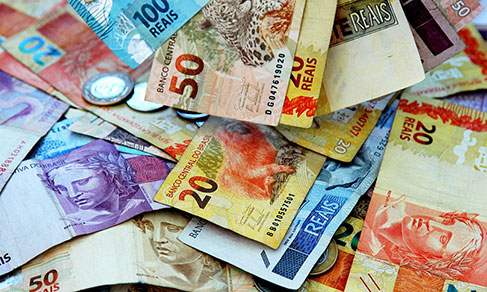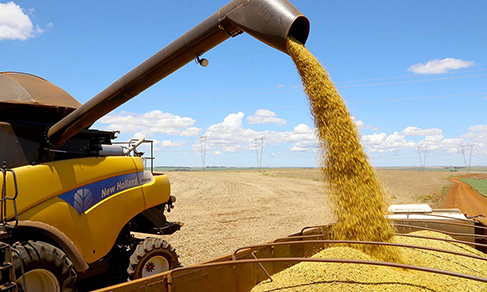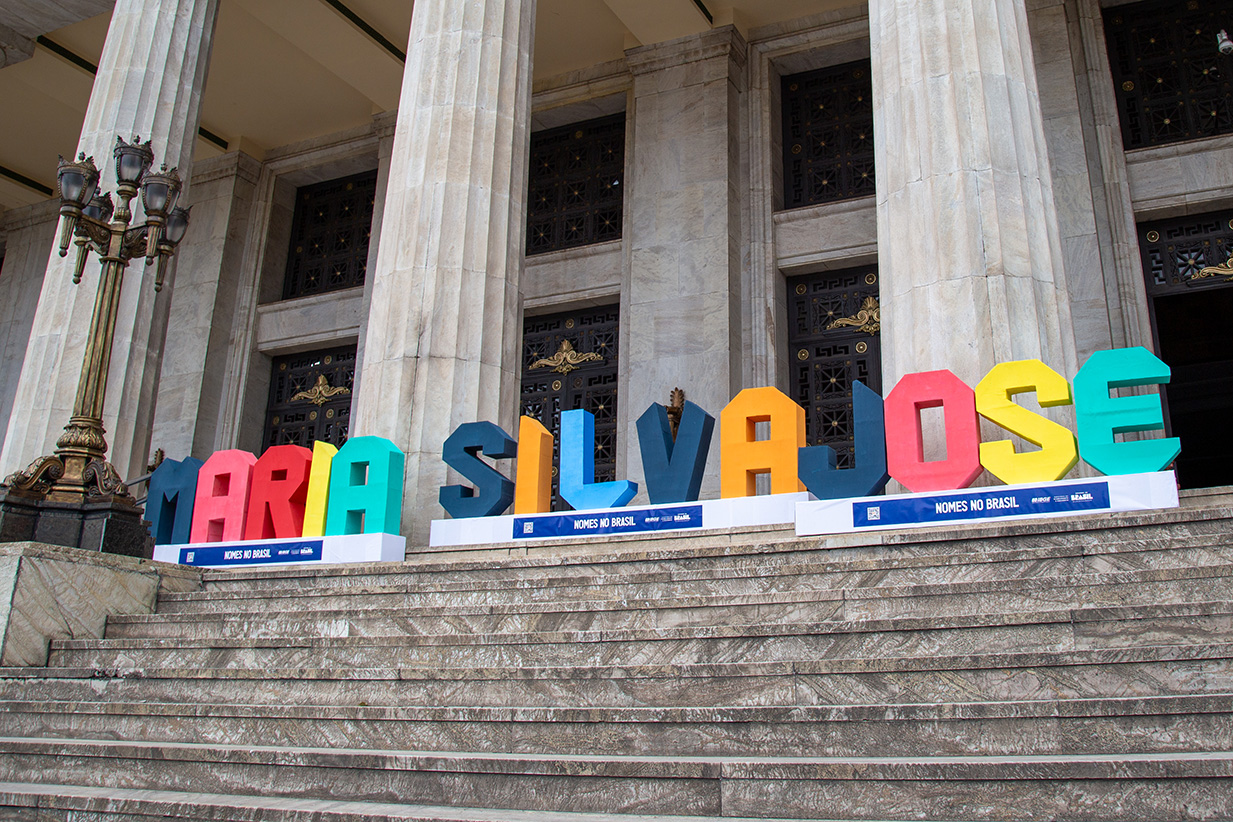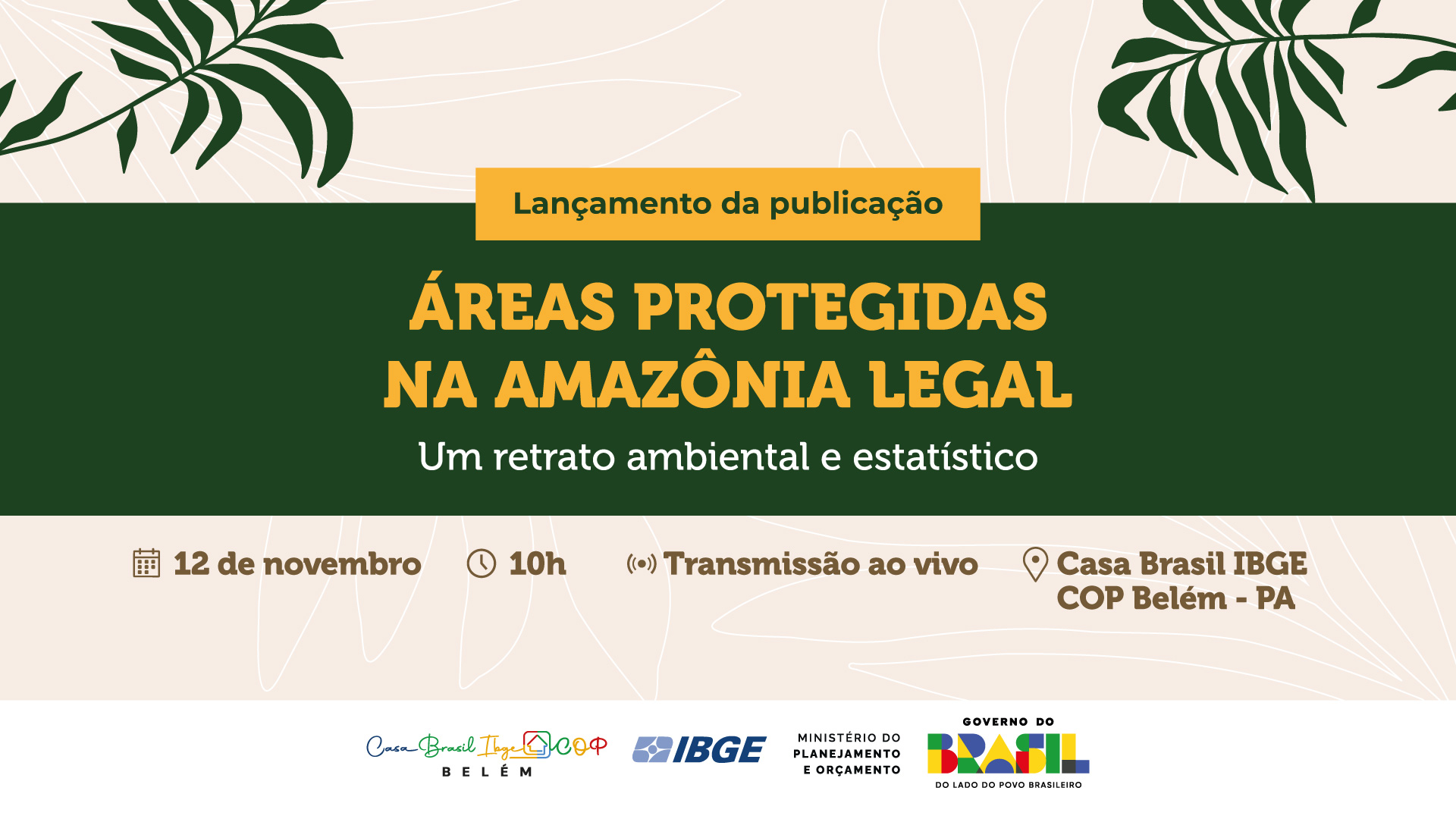Regional industry
Industry advances in seven out of 15 places surveyed in September
November 07, 2024 09h00 AM | Last Updated: November 07, 2024 12h27 PM

From August to September, the Brazilian industrial output grew 1.1%, with increases in seven out of 15 places surveyed by the Regional Monthly Survey of Industry (Regional PIM). The highest increase were registered in Espírito Santo (2.4%), Goiás (2.4%), Santa Catarina (2.3%) and Rio Grande do Sul (1.9%). Compared with September 2023, industry advanced 3.4% and the positive rates were shown in 14 out of 18 places surveyed. The cumulative index in 12 months rose 2.6%, with 17 out of 18 places surveyed showing positive figures, whereas the cumulative index in the year expanded 3.1%, with positive figures in 17 out of 18 places surveyed. The data were released today (7) by the IBGE.
"This growth reflects a compensation movement in relation to July, when a significant drop of 1.3% occurred. Together with August, when a positive change of 0.2% was recorded, the cumulative rate of 1.4% offsets the loss previously reported. This result can also be explained by the improvement in the labor market, with a smaller unemployment and, thus, a bigger consumption and income available for families, increasing the demand, whose effect directly falls on the industrial production," explained Bernardo Almeida, an analyst of Regional PIM.
Espírito Santo (2.4%) and Goiás (2.4%) registered the steepst advances, after retreating in the previous month: -0.9% and -0.4%, respectively. Bernardo Almeida explains that, in the case of Espírito Santo, the growth is due to the mining and quarrying sector, very important in that state. In Goiás, he attributed to the "mining and basic metals sectors positively acting on the behavior of industry in that state. This rate is the most intense since December 2023, when it hit 2.6%."
As the largest industrial park in Brazil, São Paulo advanced 0.9% in September, below the national average. "This advance comes after two negative figures, which accumulated a loss of 2.4%. In September, the sector of petroleum products was the one that mostly contributed to the behavior of industry in São Paulo." After this result, São Paulo stands 1.5% above the pre-pandemic level of February 2020, and 21.4% below the peak, hit in March 2011.
On the dropping side, Ceará (-4.5%), Amazonas (-3.1%) and Pernambuco (-2.6%) recorded the most significant rates. Bernardo Almeida points out the sectors of chemicals and of leather, traveling goods and footwear as the major responsible for the drop in the Ceará industry. "The retreat in Ceará comes after three months of positive figures, with a gain of 5.7% in the period," explains the analyst. In Amazonas, "the sectors that mostly influenced were computer equipment, electronic and optical products, and machinery and equipment. In Pernambuco, the drop was due to the sectors of other transportation equipment and motor vehicles.
Industry grows in 14 out of 18 places compared with 2023
The industrial sector rose 3.4% over September last year and, in regional terms, 14 out of 18 places surveyed followed the positive figure. It is worth mentioning that September 2024 (21 days) had one more business day than the same month a year ago (20). The highest advances were registered in Mato Grosso do Sul (12.6%) and Pernambuco (12.0%). On the other hand, Bahia (7.6%), Northeast Region (7.4%), Ceará (7.1%), Santa Catarina (7.0%), Minas Gerais (5.6%), Maranhão (5.6%), Mato Grosso (4.8%), Paraná (3.7%), São Paulo (2.9%), Rio Grande do Sul (2.5%), Espírito Santo (0.8%) and Goiás (0.2%) were the other places that advanced their output in September 2024.
In contrast, Rio Grande do Norte (-21.0%) was responsible for the most intense drop in September. The explanation for this performance mainly comes from the activity of coke, petroleum products and biofuels (motor gasoline and fuel oil). Rio de Janeiro (-4.5%), Amazonas (-1.4%) and Pará (-1.2%) retreated in this comparison as well.
More about the survey
The Regional PIM has been producing short-term indicators since the 1970s regarding the behavior of the real product from mining and quarrying and manufacturing industries. It brings monthly indexes for 17 Federation Units whose share are at least 0.5% of the total value added of the national industry and for the Northeast as a whole: Amazonas, Pará, Maranhão, Ceará, Rio Grande do Norte, Pernambuco, Bahia, Minas Gerais, Espírito Santo, Rio de Janeiro, São Paulo, Paraná, Santa Catarina, Rio Grande do Sul, Mato Grosso, Goiás and the Northeast Region.
The results of the survey can also be viewed on Sidra,




















